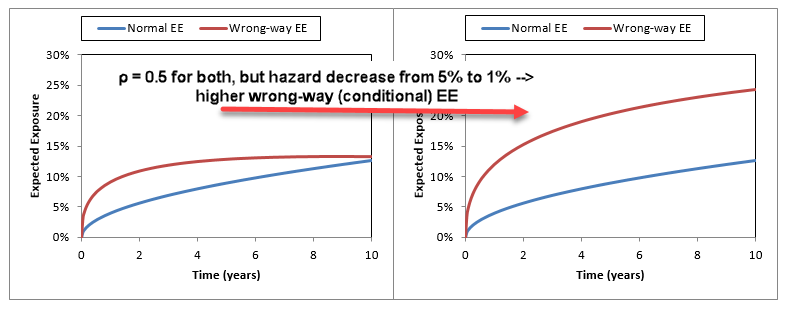I have read this chapter twice now and it was a struggle! I really don't see much in this chapter that can be tested other than definitional items and, perhaps, a few directional questions asking about how one scenario might increase or decrease wrong-way risk.
Anyone have any thoughts?
Brian
Anyone have any thoughts?
Brian

